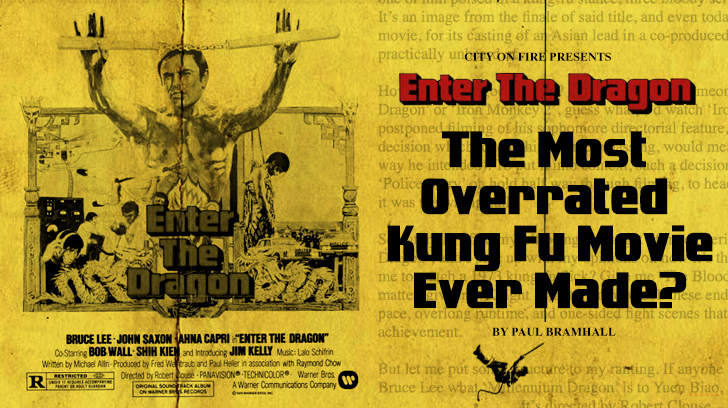 I get it, Enter the Dragon is an iconic movie. Ever seen a t-shirt of Bruce Lee? Chances are the image on it is one of him poised in a kung fu stance, three bloody scratches adorning his chest, his face alive with intensity. It’s an image from the finale of said title, and even today, 45 years on, it’s one that endures. It’s also a landmark movie, for its casting of an Asian lead in a co-produced Hollywood production, made at a time when it was practically unheard of.
I get it, Enter the Dragon is an iconic movie. Ever seen a t-shirt of Bruce Lee? Chances are the image on it is one of him poised in a kung fu stance, three bloody scratches adorning his chest, his face alive with intensity. It’s an image from the finale of said title, and even today, 45 years on, it’s one that endures. It’s also a landmark movie, for its casting of an Asian lead in a co-produced Hollywood production, made at a time when it was practically unheard of.
However, is it a good movie? Hell no. In fact if someone was to tell me I had a choice of watching Enter the Dragon or Iron Monkey 2, guess what, I’d watch Iron Monkey 2. It’s a hard fact to swallow that Lee postponed filming of his sophomore directorial feature, Game of Death, to make Enter the Dragon. A decision which, due to his untimely passing, would mean the former would never be completed (at least, not the way he intended). To put it into context, such a decision is the hypothetical equivalent of Jackie Chan placing Police Story on hold half way through filming, to head off and make The Spy Next Door instead. Frankly, it was the wrong call.
So naturally I find myself being the target of much derision whenever a discussion pops up about Enter the Dragon, and I pipe up with my opinions on how it’s the most overrated kung fu movie ever made. You want me to watch a 1973 kung fu flick? Give me The Blood Brothers, give me When Taekwondo Strikes, for that matter, give me Knight Errant. I’d re-watch these endlessly before having to inflict myself with the plodding pace, overlong runtime, and one-sided fight scenes that so many seem to believe reflect Bruce Lee’s crowning achievement.
But let me put some structure to my ranting. If anyone was in any doubt as to why Enter the Dragon is to Bruce Lee what Millennium Dragon is to Yuen Biao, then here’s 10 points clarifying exactly that –
It’s directed by Robert Clouse
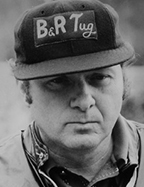
Robert Clouse
Warner Brothers provided an A-list star with a B-movie director, which is a crime in itself. Amidst the many visionary directors that came out of America in the 70’s, Robert Clouse could not be said to be one of them, with perhaps his biggest claim to fame before Enter the Dragon being that he directed an episode of Ironside. His affiliation with Bruce Lee would continue to dictate the rest of his career – he’s the guy we can thank for the eventual release of Game of Death, attempted to introduce Jackie Chan to American audiences with Battle Creek Brawl, and helmed cult B-movies like Force: Five and Gymkata. As a sidenote, Clouse was also deaf, which likely explains a lot of the horrendous line delivery that so many cast members get away with in Enter the Dragon.
It stars John Saxon as a martial arts master
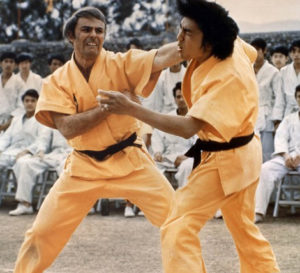
John Saxon vs. Lau Wing.
Saxon was already almost 40 by the time of Enter the Dragon, and was most likely cast thanks to having a black belt in karate and featuring in an episode of Kung Fu. While he’s a solid journey man actor and has built an impressive career in the world of B-movies, the decision to make him a co-star next to Bruce Lee is a lamentable one. Whenever Lee isn’t onscreen and we have to spend time with Saxon’s character, Roper, we’re immediately transported into the world of uninspired (and now terribly dated) 70’s kitsch. When he’s not frolicking with the ladies, we’re subjected to his fight scenes. Yes, his fight scenes, here we have a movie which could have given us a face-off between Bruce Lee and Bolo, but what do we get? Bolo versus John freaking Saxon. Words fail me.
No Bolo versus Bruce Lee fight
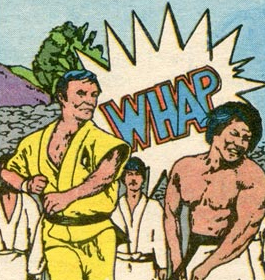
John Saxon vs. Yang Sze (before he was known as “Bolo”)
While it’s true that it was Enter the Dragon that cemented Yeung Sze’s bulking frame into popular consciousness (he’d even take on his character’s name for the rest of his career!), there can be no denying that his talents are wasted. Essentially there to flex muscles and throw people around, before succumbing (of all things) to a bite on the leg and a kick in the balls, the fact that Enter the Dragon squanders an opportunity for the big man to face off against the Little Dragon is insufferable. Bolo has one of the coolest looking onscreen fighting styles to grace the silver screen, the so called ‘no looking kung fu style’, in which he fights while not actually looking at his opponent. Said style could have provided Enter the Dragon with some much needed variety to its action scenes, but alas it wasn’t to be.
Sammo Hung could have choreographed the action
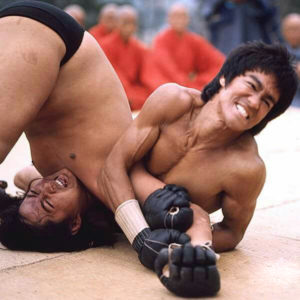
Sammo Hung taps out of choreographing.
By 1973 Sammo already had over 10 choreography credits to his name, and was gradually starting to develop his own distinctive style. While he does get to appear in the opening scene of Enter the Dragon, as Bruce Lee’s sparring partner (providing the best fight of the whole movie), the rest of the action would have benefitted greatly from Sammo’s touch. Instead, what we’re left with is Lee decimating whoever gets in his way with minimal effort, and lacklustre fights when he’s not directly involved. Lee’s strength lay in choreographing himself, with a style that rarely worked well when choreographing others (see his work on The Wrecking Crew for further proof of this). With Sammo at the helm, at least we would have gotten some worthy exchanges, and not just a one-man army with no sense of danger or risk.
Bruce Lee is invincible
Not to be confused with the more entertaining Bruce Lee the Invincible (featuring Chan Wai-Man versus gorillas), Bruce Lee’s seeming immunity to having anyone land a hit on him is one of the biggest detractors of Enter the Dragon. For the people that complain about Steven Seagal not being hit in his movies, man, they should check this one out! One of the most well-known lines has Lee declare “Boards don’t hit back.” But apparently, that also applies to most of his opponents. When he finally does have some damage inflicted in the finale, it’s nothing more than aesthetically pleasing scratches, there to make him look cool rather than bruised and battered. In fact the only person who even gets close to Lee is a leg grabbing Bob Wall, which if you wanted to get technical doesn’t count, because it’s actually Yuen Wah. Go figure.
Bob Wall is the most unintimidating villain ever
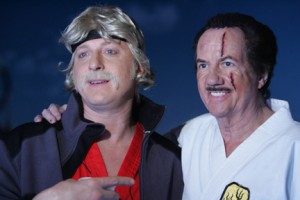
Billy Zabka (The Karate Kid) and Bob Wall (reprising his O’Hara character) on the set of a commerical for TwinLab.
When Bruce Lee decided to bring in karate champion Chuck Norris for the finale of Way of the Dragon, he probably thought he could recreate the intensity of their confrontation by bringing in another one, this time in the shape of Bob Wall. Wrong. Unlike the Little Dragon’s evenly matched showdown in the colosseum, there’s never any doubt he’s going to beat the living daylights out of Wall. With the scarred villain resorting to a pair of smashed bottles, Lee channels the audiences rage at Angela Mao being given so little screentime by making quick work of his opponent, which in a more merciful world would have signalled the end credits. While Wall’s time in Enter the Dragon was short, the career he built off it was quite the opposite, and he still gives interviews to this day discussing the lame fight scene in question.
Angela Mao is wasted
You may have noticed the recurring trend of martial artists that Enter the Dragon wastes the talents of, and so it continues with the inclusion of Angela Mao. Hot off the heels of starring in the likes of Lady Whirlwind and Hapkido from the year prior, Mao had it all – the intense stare, a furious energy to her fight scenes, and an onscreen charm that was impossible to deny. To hear she was going to feature alongside Bruce Lee must have been pretty exciting news. But what do we get? A pitiful few minutes of screentime, which consist of her being little more than a damsel in distress, one which doesn’t get to show off any of the many talents that made her the icon that she was. Instead, we had to wait for the following year to see her team up with a legitimate thespian, in the form of “the other fellow”, George Lazenby.
Sek Kin acts like a useless old man
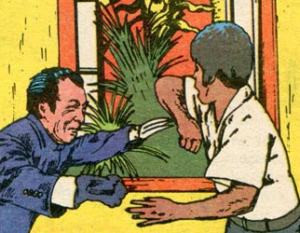
Listen to Sek Kin’s battle cries. He sounds old and scared.
Legendary HK villain Sek Kin may have already been 60 by the time he appeared in Enter the Dragon, but it still doesn’t justify the way he’s reduced to a rather lame Asian hybrid of Dr. No and Blofeld from the 007 franchise. Kin still had the moves, just check out the shapes he pulls in 1985’s Hong Kong Godfather, made 12 years later! However for whatever reason his extensive kung fu repertoire was decided to not be utilized, so instead we have him running around in a hall of mirrors, a role which practically anyone could have played. For anyone watching Enter the Dragon for the first time, Kin comes across as one of the least threatening villains in the history of cinema, which is a huge disservice to the man and his talents. You want to see Kin facing off against a Bruce? Watch the classic Bruce – The King of Kung Fu.
It’s a James Bond rip-off
The influence of Bond drifts in and out of Enter the Dragon like spliced footage in a Godfrey Ho movie, making it come across as shoehorned in rather than a natural part of the narrative. Look, if you want to see an Asian version of 007, check out Jimmy Wang Yu in Asia-Pol from 1967 to see how it’s done. Released the same year as Roger Moore’s debut as Ian Fleming’s most famous creation, the secret agent styled shenanigans on display in Enter the Dragon were dated even before it hit cinema screens. Casting Geoffrey Weeks as a poor man’s M, and a head scratching plot of a rogue Shaolin student using a martial arts tournament as a front to his opium smuggling operation, Robert Clouse and co. should have taken a page out of the ‘less is more’ manual of filmmaking.
It’s boring
Just short of 100 minutes, Enter the Dragon is at least 15 minutes too long. To think there’s people out there who are looking for additional footage is, quite frankly, unfathomable. The plot should have been simple – Bruce Lee partakes in a martial arts tournament to avenge the death of his sister. Chaos ensues. Instead, we’re subjected to some nonsense about him being a hired secret agent from Shaolin, Saxon’s completely uninspired backstory involving gambling debts, and Jim Kelly acting like he’s in a completely different movie all together. Considering Lee’s co-stars have little to nothing to do in terms of contributing to the finale, the amount of time we have to spend with them leading up to it provides more padding than his punchbag.


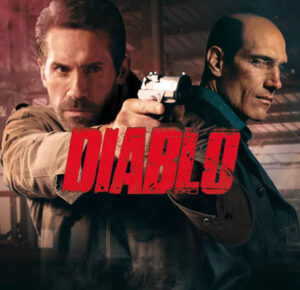
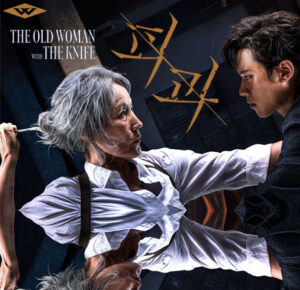
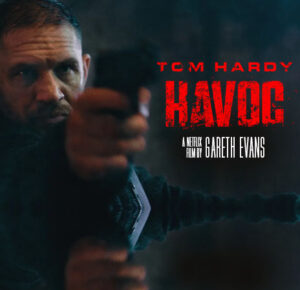
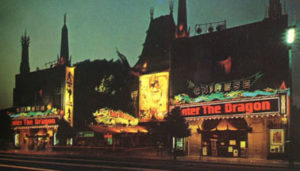
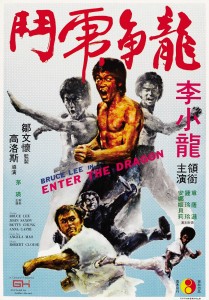
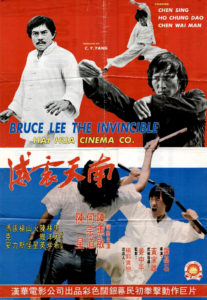
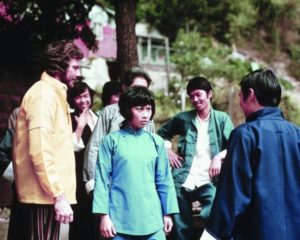

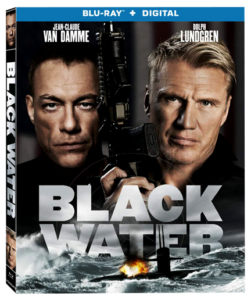
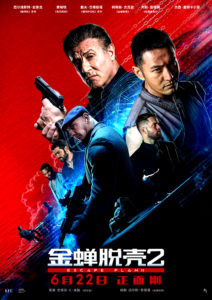
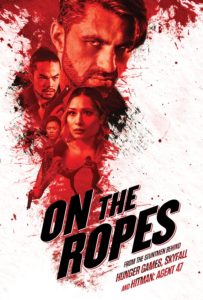


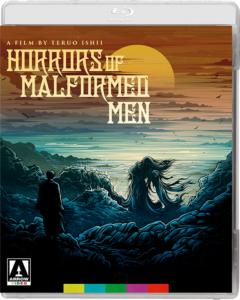
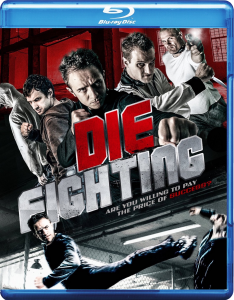
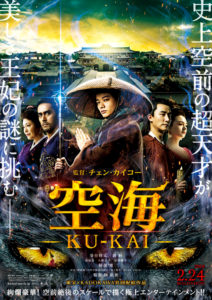
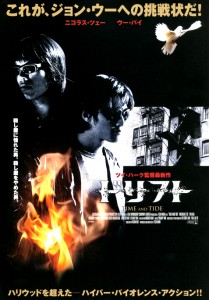
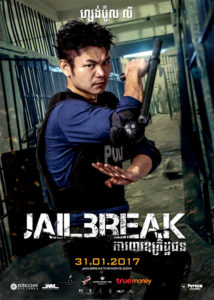
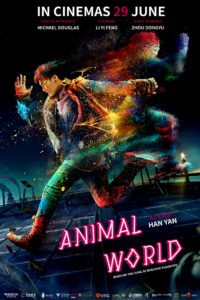
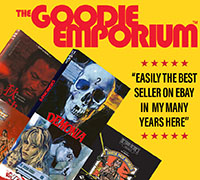

72 Comments